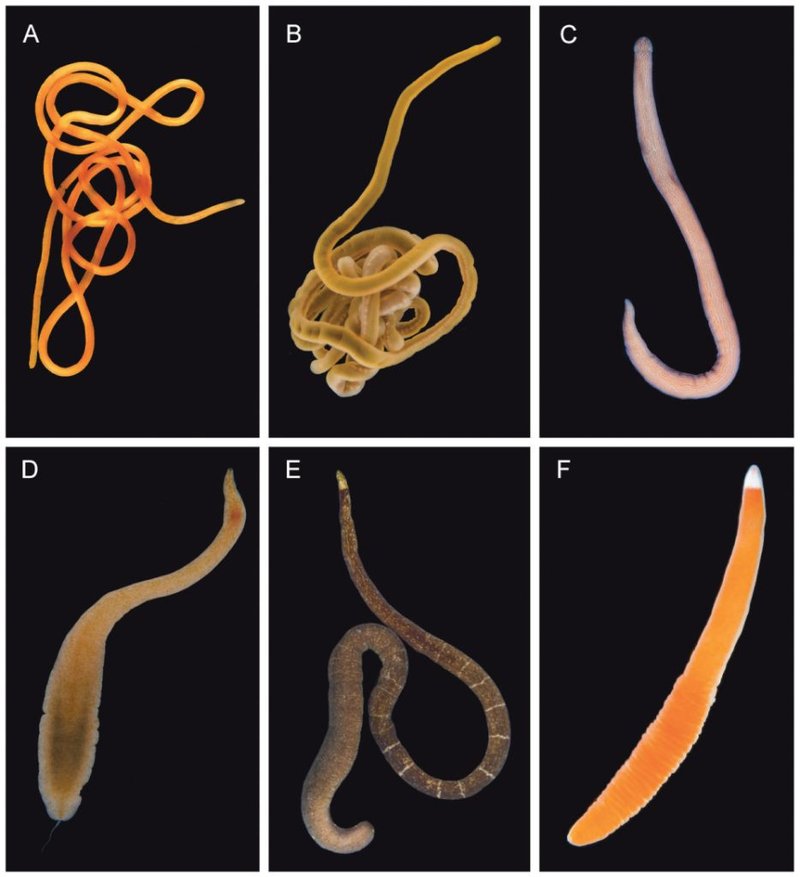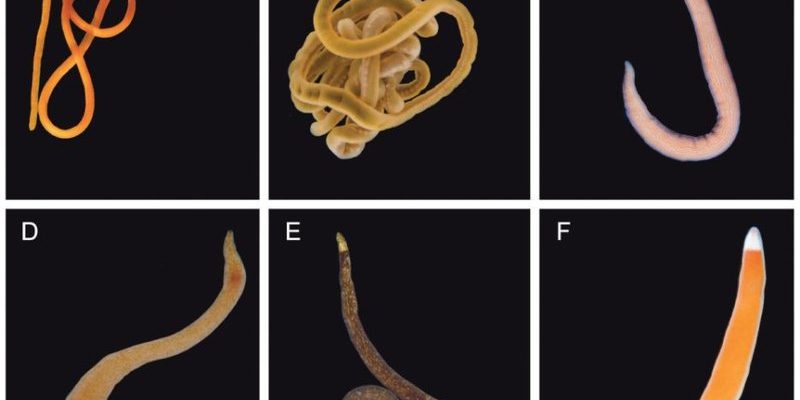
Now, let’s dive into the world of ribbon worms and explore how they are classified within their phylum. Understanding their classification helps illustrate their unique characteristics, behaviors, and ecological importance. If you’ve ever wondered why these creatures look the way they do or how they fit into the grand tapestry of life, hang tight! I’ll break it down for you in a simple, engaging way.
What Are Ribbon Worms?
Ribbon worms, or Nemerteans, are soft-bodied invertebrates ranging from a few millimeters to several meters in length. They’re known for their elongated, flat bodies that resemble ribbons — hence their name. These creatures can be found in various environments, from shallow coastal waters to the deep sea. Ribbon worms are not only interesting because of their shape; they also possess a unique feeding system that sets them apart.
Here’s the thing: they have a specialized organ called a proboscis. This organ is like a long, retractable tongue that helps them catch prey, which primarily consists of small marine animals. When the ribbon worm senses something tasty nearby, it can shoot out this proboscis and ensnare its dinner. Imagine trying to grab a snack with a stretchy straw — that’s kind of how it works! This feeding method is just one aspect of what makes ribbon worms so unique.
Overall, the classification of ribbon worms is crucial to understanding their biology and role in the ecosystem. So how do we break down their classification? Let’s explore this in detail.
Phylum Nemertea: An Overview
Nemertea is the scientific term for the phylum that includes ribbon worms. This group is characterized by a few key features that distinguish them from other worm-like creatures. First and foremost, they are known for their soft bodies and lack of segmentation. While many worms are segmented like little train cars, ribbon worms are smooth and continuous, giving them that streamlined appearance.
Furthermore, the body structure of ribbon worms includes a gut that runs the entire length of their body, allowing them to digest food efficiently. The presence of a complete digestive system sets them apart from simpler organisms. You might think of them as the slightly more complex cousins of other worms, showcasing a more advanced way of life.
Additionally, ribbon worms possess a unique circulatory system that doesn’t involve blood. Instead, they have a fluid called coelomic fluid, which helps transport nutrients and waste. It’s fascinating how these adaptations make them resilient and well-suited for their environments.
Classification Hierarchy of Ribbon Worms
The classification of ribbon worms follows a hierarchy that helps biologists and researchers organize their study. Here’s a simplified view of how ribbon worms fit into the broader classification system:
- Domain: Eukarya
- Kingdom: Animalia
- Phylum: Nemertea
- Class: Anopla or Enopla
- Order: Various
- Family: Various
- Genus and Species: Many, including Lineus, Cerebratulus, and others
Let me explain a bit about some of these classifications. The two main classes within the phylum are **Anopla** and **Enopla**. Anopla are characterized by their simple proboscis, while Enopla have a more complex structure. Think of it as two schools of thought within the same family — each has its own unique way of approaching life.
Each level of classification provides more insight into the properties and behaviors of ribbon worms. It’s like peeling an onion; the more layers you uncover, the deeper your understanding becomes.
Key Characteristics of Ribbon Worms
Ribbon worms come with a variety of features that help them thrive in their environments. They are primarily marine creatures, living in the ocean’s sandy or muddy bottoms. Their bright colors, which can range from pastel hues to vibrant shades, serve as camouflage or warning signals. Just like how some animals use their colors to blend in or stand out, ribbon worms also benefit from their colorful appearances.
Another interesting aspect of ribbon worms is their ability to regenerate. If a ribbon worm loses part of its body, it can regrow that section! This remarkable ability is similar to what some lizards do when they lose their tails. It highlights just how adaptable and resilient these creatures are in the face of potential threats.
Their soft bodies can also be deceptive. While they might look vulnerable, ribbon worms have a way of defending themselves. Some species can produce toxic substances as a defense mechanism, discouraging predators. This is nature’s way of ensuring that even the seemingly delicate creatures have a fighting chance.
Habitat and Distribution
Ribbon worms are predominantly found in marine environments, but their habitats can vary drastically. You can find them in various locations, from tidal pools to the deep sea. It’s like they have an adventurous spirit, exploring all sorts of aquatic ecosystems.
In shallow coastal areas, ribbon worms often thrive in sandy or muddy substrates. This is where they can burrow and hide from potential predators while hunting for prey. In deeper waters, their presence might decrease, but they still occupy diverse niches across the ocean floor.
Honestly, their adaptability is quite impressive. Some ribbon worms can even be found in brackish waters, where freshwater mixes with saltwater. This ability to thrive in different salinities showcases their resilience and ecological importance. They play a vital role in the food web, acting as both predators and prey.
Importance of Ribbon Worms in Ecosystems
You might be wondering why understanding ribbon worms matters. Well, their role in the ecosystem is significant. As predators, they help control populations of smaller marine organisms. They also serve as a food source for various larger animals, including fish and birds. It’s like a delicate balance in the ocean, where every creature contributes to the overall health of the environment.
Additionally, ribbon worms can provide insights into ecological health. Scientists study these creatures to monitor the state of marine ecosystems. If ribbon worms are thriving, it’s often a good sign that other species and the overall environment are doing well. Think of them as indicators of ocean health, helping researchers assess the impacts of pollution and climate change.
In summary, ribbon worms may seem like simple creatures, but their contributions to marine ecosystems are anything but trivial. They play vital roles that support biodiversity and ecological balance.
Understanding how ribbon worms are classified within the phylum Nemertea helps us appreciate their unique role in nature. From their fascinating feeding mechanisms to their complex biology, ribbon worms are intriguing organisms that play essential roles in marine ecosystems.
By exploring their classification, we gain valuable insights into their characteristics, habitats, and ecological importance. So, the next time you think of worms, remember that ribbon worms are not just any ordinary worm; they’re complex, resilient creatures with a lot to offer our understanding of marine life.
Now that you know more about ribbon worms and their classification, perhaps you’ll find yourself more curious the next time you walk along a beach or think about the ocean. The world beneath the waves is full of surprises, and ribbon worms are just one of many marvelous examples!

